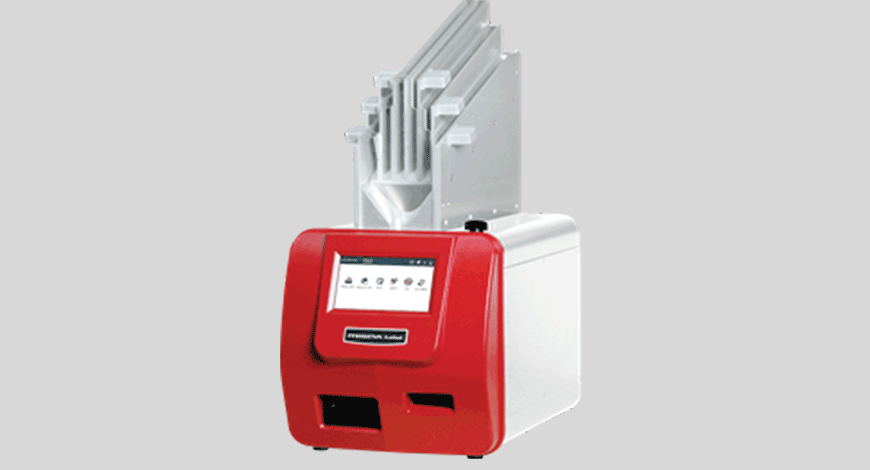New Models
Agappe Diagnostics

Since, the publication of To Err is Human, by the Institute of Medicines, Committee on quality of health care in America, the silence surrounding medical errors was broken and reducing medical errors became a priority for the whole world. In laboratories, every analytical method has some amount of error, which can be monitored, controlled, and the analytical process can be improved, thanks to Levey-Jennings and Westgard rules.
But there are errors out of the box; if we look into the pre-analytical phase, we see that every laboratory is unhappy in their own way. The path that a patient specimen takes to reach the analytical equipment inside any laboratory is unique depending on the service blueprint of the lab setting. The problems tend to be unique, so are the solutions. This makes it challenging for companies to create value into the pre-analytical phase. The analytical phase has always witnessed advanced technology and improved automation. The evolving healthcare market is changing the delivery of care and impacting how laboratories, clinicians, and hospitals supply these services. Digitization is the new trend in Indian in vitro diagnostics market. Hospitals and laboratories have started digitization across the value chain with more focused approach to take care of pre-analytical errors. Automation is high on demand, to reduce staffing levels and related costs. Activities, such as online and home healthcare are increasing, probably, the start of a far bookings more intricate and broader evolution.
Of course, it is well known that the largest component of variability lies in the pre-analytical phase with estimates suggesting that 60–75 percent of the total error may occur at this stage. Proper specimen labeling practices are critical components of effective and accurate patient identification. Accurate and timely labeling of specimens is an integral part of patient identification. It is critical because errors resulting from a failure in this step can, at best, provide results of no clinical value and, at worst, lead to the most adverse of patient outcomes.
When things go wrong in the pre-analytical phase, more expenses do occur, like the cost of redrawing the specimen where the phlebotomy labor and supplies are involved. Further, the cost of reanalyzing the sample comes into picture. Moreover, there would be additional costs in the non-phlebotomy labor also, considering the additional nursing and physician time. When limited resources become an issue, even the best-trained, experienced staff member may deviate from proper and generally accepted practices.
Barcodes play a vital role in minimizing the risk of error in lab automation by providing proper tracking of components throughout the value chain. Barcoded lab automation can be simple and cost-effective, with significant paybacks. Barcodes can be used to trace everything from tubes and samples to trays, carousels, and between different points of storage.
Barcodes also simplify linkage of sample to result when using laboratory information systems (LIS) and hospital information system (HIS). Traditional barcode labeling involves manual application of barcodes to tubes, vials, and plates, a process which is tedious and prone to error, giving rise to frequent wrinkled wilmas, twisted shirts, and flying scarfs on the tubes. The samples may need to be read by many scanners at each workstation, increasing risk of errors depending on labeling quality. Legacy systems may fail to read correctly if the barcode is not straight!
The new intelligent tube labeling system, Mispa Label designed and manufactured by Agappe Diagnostics Ltd., will help you get the barcodes straight on to the blood collection tubes. Mispa Label can label blood tubes correctly and it ensures that one never goes wrong with the A…B…C… of pre-analytics, which are right alignment, right barcode label, and right collection tube. The right collection tube is selected automatically by the equipment through intelligent mechanical drop (IMD) technology. The patient identification data can be entered manually through LIS or HIS or through external barcode reader and the equipment automatically generates the respective barcode and labels it on to the collection tube in the right alignment. Mispa Label is more secure as it works on Linux operating system. With a throughput of 600 tube labels per hour, Mispa Label suits medium- and high-end sample workload laboratories delivering quality outcome and operational efficiency.













You must be logged in to post a comment Login